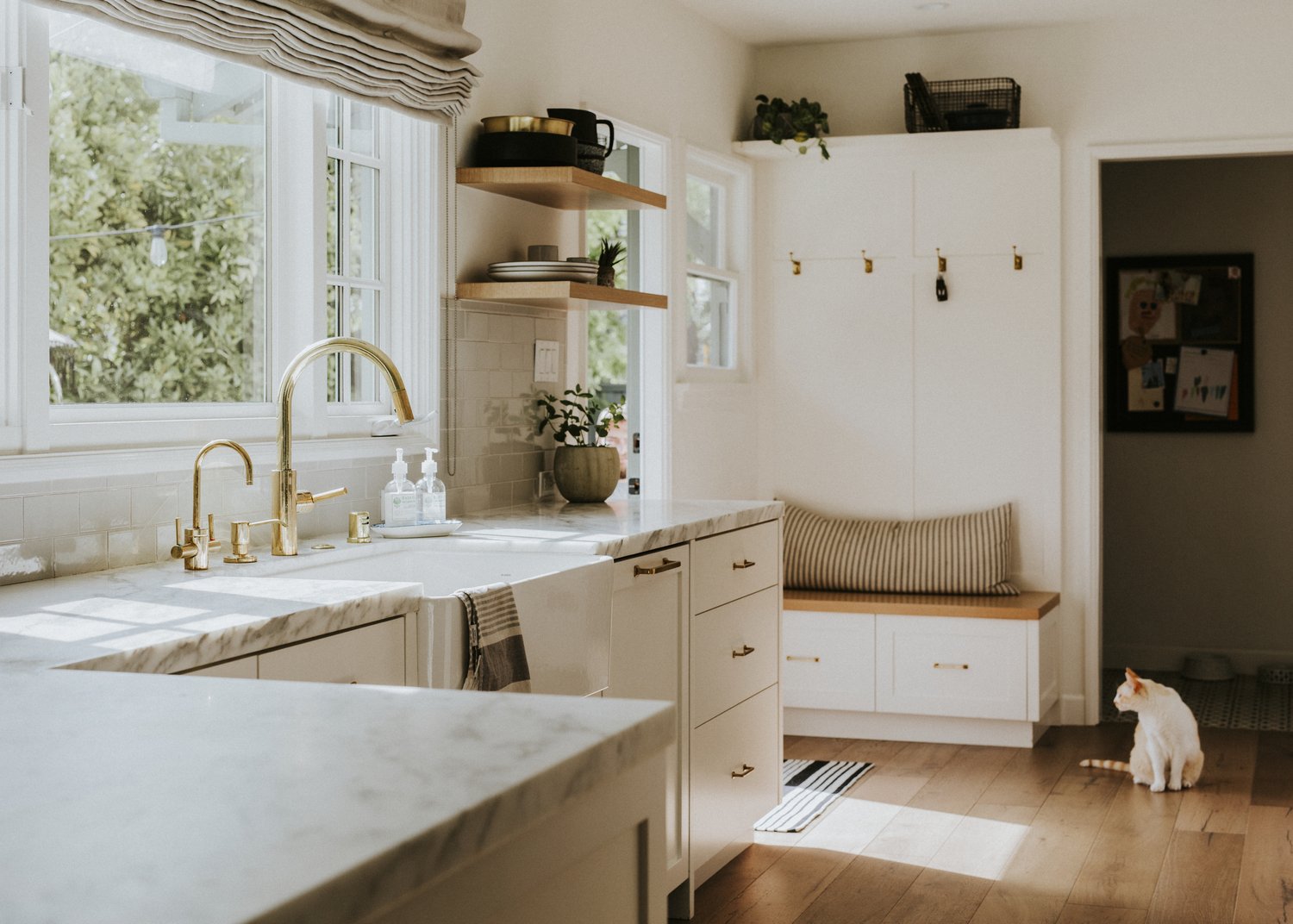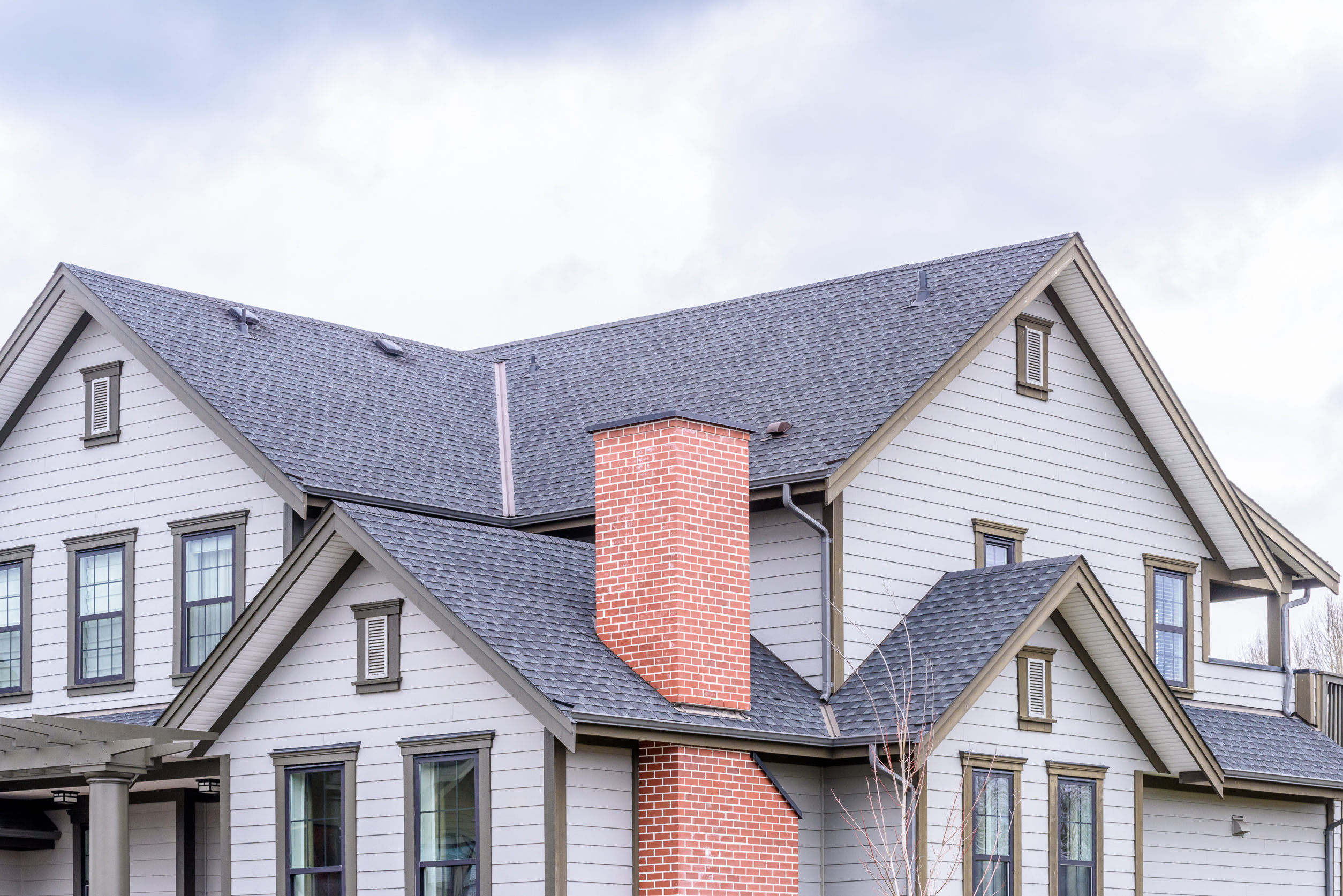Maintaining a swimming pool requires seasonal attention to ensure its longevity and optimal performance. As the weather changes, pool owners must follow specific procedures for opening their pools in spring and closing them in fall. These critical processes protect your investment from damage due to freezing temperatures and prevent water quality issues. Understanding the proper pool opening checklist steps and winterizing instructions not only saves time but also reduces potential repair costs in the long run. This guide will walk you through the essential procedures for both seasonal transitions.
Spring Pool Opening: Essential Steps
The arrival of warmer temperatures signals it’s time to prepare your pool for the swimming season ahead. A comprehensive pool opening checklist begins with removing and cleaning the winter cover. Carefully remove debris from the cover before storage to prevent damage and mold growth. Once removed, clean the cover thoroughly, allow it to dry completely, and store it in a cool, dry place away from potential pests.
Next, assess the pool water level and add water if necessary to reach the middle of the skimmer opening. This is also the time to inspect all pool equipment, including the pump, filter, heater, and skimmer baskets for any damage that may have occurred during winter. Replace worn gaskets and O-rings to prevent leaks, and lubricate O-rings with pool lubricant to extend their life.
The filtration system requires special attention during your pool opening guide implementation. Reassemble the filter system, ensuring all drain plugs are securely in place before turning on any equipment. Prime the pump according to manufacturer instructions and check for proper water flow once operational. This is also the ideal time to clean or replace filter media depending on its condition.
Water chemistry balancing represents one of the most crucial aspects of pool opening steps. Begin by testing the pool water for pH, alkalinity, calcium hardness, and sanitizer levels. Adjust these levels according to standard recommendations: pH between 7.4-7.6, total alkalinity 80-120 ppm, calcium hardness 200-400 ppm, and chlorine 1-3 ppm. Shock the pool with an appropriate chlorine product to eliminate any contaminants that developed during closure.
Many homeowners find that consulting with pool professionals through services like AskHomey can provide personalized recommendations for their specific pool type and regional climate conditions, making the opening process more efficient and effective.
Fall Pool Closing: Winterizing Instructions
As swimming season ends, proper pool winterizing instructions become essential to protect your investment from freezing temperatures. Begin the winterizing process when water temperatures consistently drop below 65°F, typically in late September or October in most regions. The pool closing service typically starts with a thorough cleaning of the entire pool, including walls, floor, and skimmer baskets to remove all debris and prevent staining.
Water chemistry balance plays a critical role in successful winterization. Test and adjust the water chemistry to slightly different levels than during the swimming season: pH between 7.2-7.6, alkalinity 80-120 ppm, and calcium hardness 175-225 ppm. Add winterizing algaecide according to product instructions to prevent algae growth during the dormant months. Many pool closing services include this chemical balancing as part of their standard package.
Proper equipment preparation represents a significant factor in preventing costly freeze damage. Lower the water level to approximately 4-6 inches below the skimmer opening (or as recommended for your specific climate). Drain all equipment including pumps, filters, heaters, and chlorinators according to manufacturer instructions. Remove drain plugs and store them in the pump basket for safekeeping.
Plumbing lines require special attention during pool closing. Blow out all water lines using a shop vacuum or air compressor and plug them to prevent water from entering. Add non-toxic antifreeze to plumbing lines if recommended for your climate zone. Remove ladders, handrails, and other accessories, cleaning and storing them indoors during the off-season.
The final step in the winterizing process involves installing a quality winter cover securely over the entire pool. The cover should fit properly without sagging areas where water can collect. Use water bags or cover weights rather than bricks or sharp objects that could damage the cover. The pool closing cost typically ranges from $200-$500 depending on pool size, location, and service provider, though this investment prevents potentially thousands in repair costs.
Seasonal Maintenance Timeline
Creating a seasonal timeline helps ensure all opening and closing procedures happen at optimal times. In most northern regions, plan to open your pool in late April to early May, allowing approximately 1-2 weeks to balance water chemistry before regular swimming begins. Southern regions may open pools as early as March depending on local climate patterns.
For pool closing, northern pool owners should complete winterizing by mid-October before freezing temperatures arrive. Southern regions often have until November or even December depending on local forecast predictions. Regardless of your location, monitor extended weather forecasts to avoid unexpected freezing conditions before your pool is properly winterized.
For more tips and to connect with reliable home service professionals, follow AskHomey on Facebook and Instagram.



